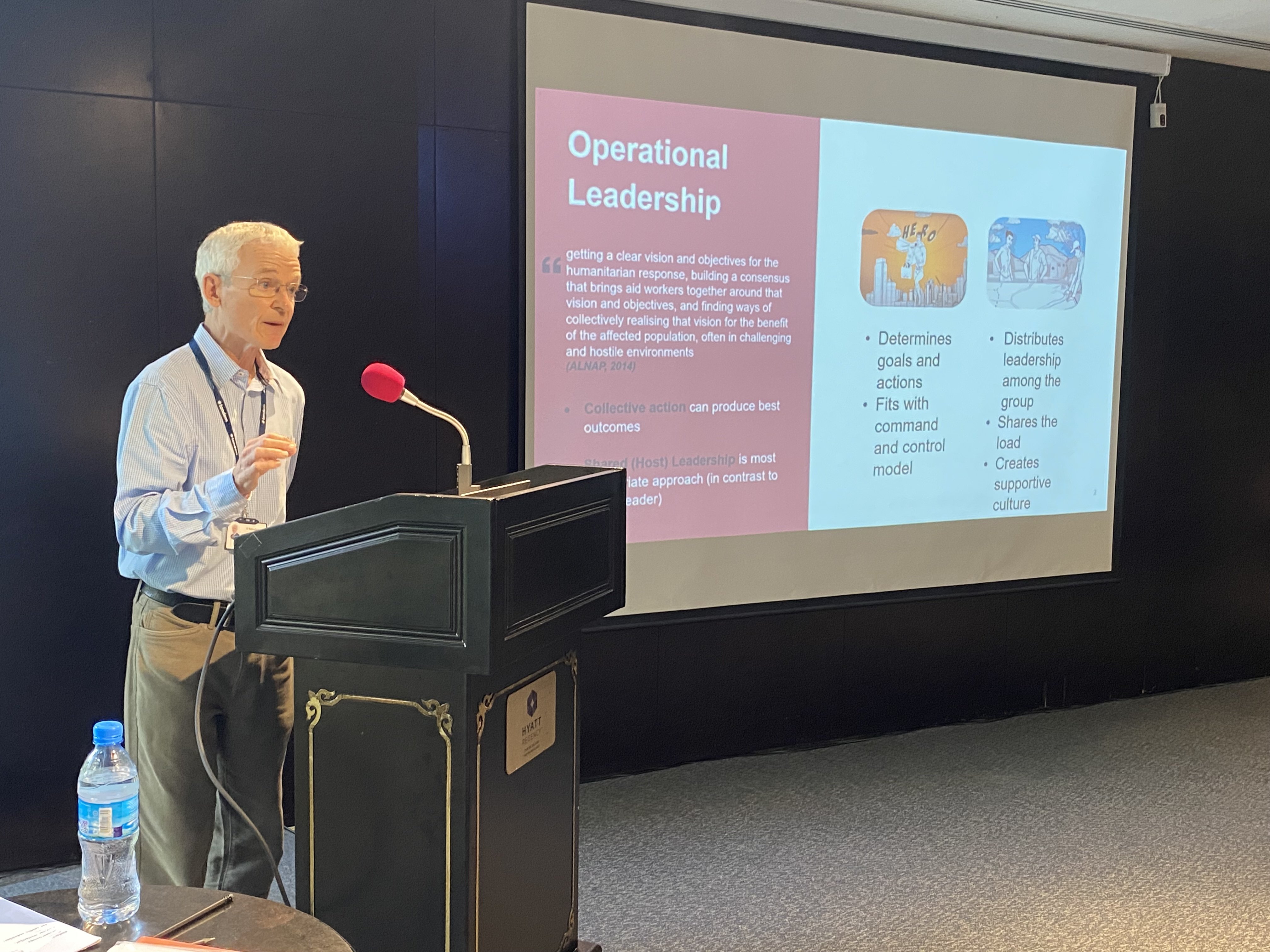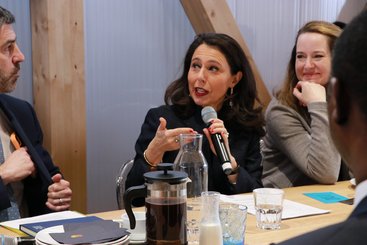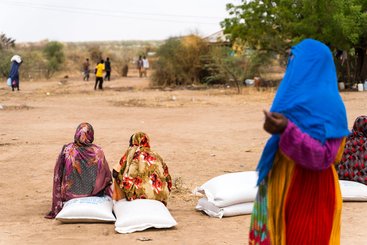Over my two decades working for the U.S. Agency for International Development (USAID), I felt great pride in our humanitarian relief efforts.
Whether responding to hurricanes in the Caribbean, helping manage the Ebola outbreak in West Africa, or providing food aid to displaced people affected by conflict, USAID’s Bureau for Humanitarian Assistance, which includes the office formerly known as the Office of Foreign Disaster Assistance (OFDA), was always there. USAID works hand-in-hand with locals wherever and whenever disasters strike.
When Hurricane Katrina destroyed New Orleans in the United States in 2005 while I was posted in the Caribbean, I recall thinking that if only OFDA had the authority to respond to domestic disasters in the U.S., we could have seen a rapid, organized, and effective response. Because that’s what I saw happen year after year when USAID responded to hurricanes in the Caribbean.
To promote stronger coordination between local and international organizations, USAID has funded Tandem, which brings together senior leaders in the humanitarian and development sectors from around the world. This project is designed to help new generations of leaders use their local knowledge, skills, experience, and values to better serve affected populations.
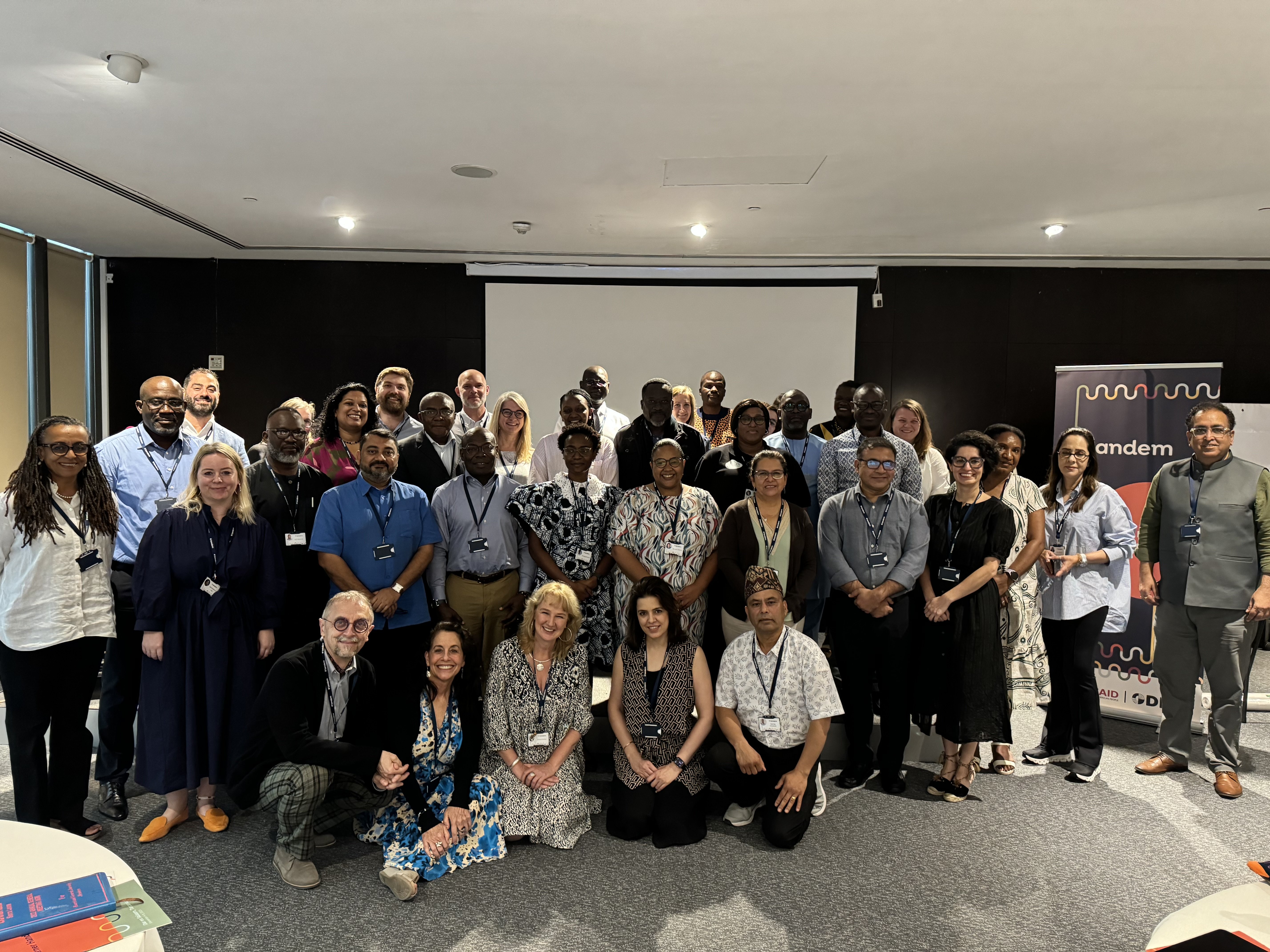
ODI Global, the world’s leading global development think tank, which runs Tandem, has delved into the research regarding the skills that have made for effective leadership in humanitarian and development organizations. My colleague John Mitchell of ALNAP has written a paper for Tandem titled Humanitarian Leadership: learning from the past and directions for the future.
The paper notes that there are many models, styles and approaches that reflect leadership’s multi-dimensional nature. There is considerable diversity in approaches to good leadership, but experience suggests that there are still key leadership characteristics and competencies that are universal. The paper summarizes some of these, which include:
- Flexibility. An ability to change mind-sets and values.
- Adaptability. A willingness to reflect on pre-conceived notions and assumptions that limit one’s way of thinking.
- Empathy. An appreciation of professional differences of opinion, but also “an emotional appreciation of the reality of others . . . [to create] openness and creativity.”
- Communication skills. The ability to listen and be prepared to learn from others.
- Team-Building. The ability and willingness to share information and be transparent. Leaders who share information openly and frequently with partners are successful in building coalitions.
The paper also identifies tactics that successful leaders use to build effective teams. These tactics include:
- “The buck stops here.” Taking responsibility for the final decision on issues.
- Delegation. Creating and maintaining the conditions that are required for delegated leadership to succeed.
- Oversight. Maintaining an overview of the organization and its position in the response.
- Learning. Openly reflecting on what is working and not working; and
- Effective Representation. Acting as an interface for the team and the larger organization.
Shared Leadership: pros and cons
The paper presents different models and approaches to leadership including that of shared leadership where leadership is distributed among the group, and a culture of openness and mutual support is created. Shared leadership has proven to be the most effective approach for leading humanitarian operations and is particularly well suited to teams where there is no single line of command. Team members are much more likely to collaborate where they are involved in making decisions, rather than simply following the classic heroic leader, who inspires the group and “leads from the saddle.”
But although shared leadership has been successful in delivering the best collective outcomes, in practice it is still fraught with difficulties. Balancing organizational and collective priorities, especially where they clash, presents challenges. Operational leaders have suggested that humanitarian agencies often prioritize the needs of the organization over the needs of crisis-affected people. The best outcomes often are delivered in spite of, rather than because of, support from leaders’ organizations.
Many humanitarian organizations are now challenging themselves to work differently to support their operational leaders. But providing this support involves changing deeply embedded cultures, mindsets and ways of working that have underpinned and driven the humanitarian business model for many years.
Senior leaders at a recent Tandem retreat highlighted barriers that often stand in their way. These barriers include:
- Risk aversion;
- Excessively bureaucracy;
- Interagency competition;
- Prioritization of individual mandate over collective interest;
- Overreliance on a growth-driven model;
- Obsession with logos/branding and “getting in first;” and
- Lack of local or national leadership.
Systems Leadership: Tools for future challenges
Leaders must expand their skillset by taking a long-term, strategic approach to bring about deeper changes and improvements over time. Three key skills will be required:
Seeing the larger humanitarian system
Most focus attention on parts of the system visible from our own vantage point. However, understanding the larger system is necessary to help build a mutual understanding of complex problems. Collaborating organizations must jointly develop solutions for the entire system, rather than just expending energy on fixing individual bits and pieces.
Fostering reflection by holding up a mirror to address pre-conceptions and assumptions
This approach allows us to discover how our own personal model may limit our thinking. Crucially, this exercise is not just cognitive, but is about an emotional appreciation of others’ reality. It promotes openness and creativity.
Shifting collective focus
This approach involves shifting from reactive problem solving to thinking through how to anticipate, prepare for, and tackle future issues. The most effective systems leaders move beyond immediate problems and use the tension between the vision and current difficulties to inspire novel approaches. Experience has shown this process takes much time as it usually involves facing difficult truths about the present.
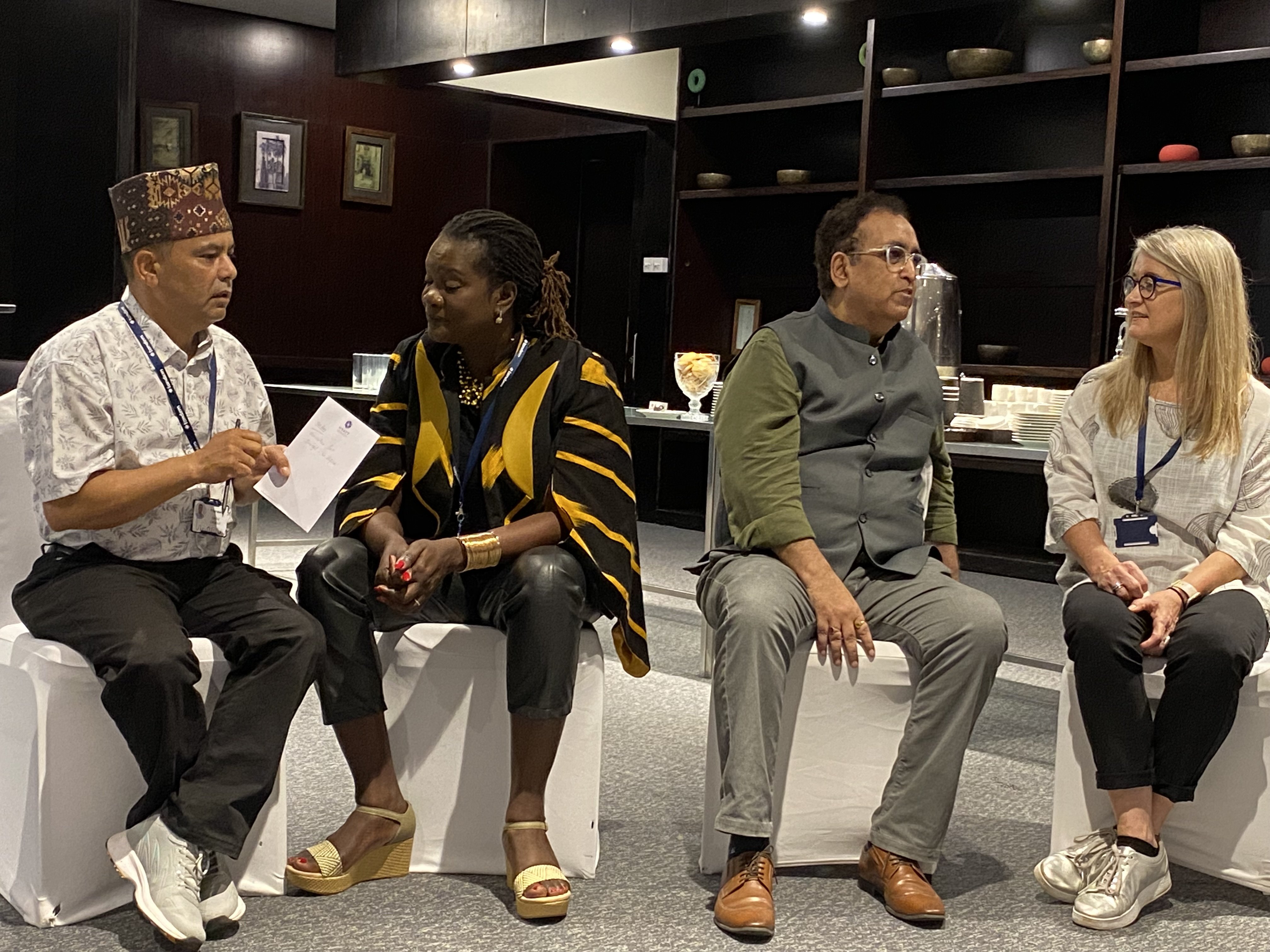
The paper presents tools from the systems thinking toolbox to help leaders develop new skills and manage transformational change. The positive response to these leadership learnings during the Tandem retreat bodes well for a new generation of leaders to help create a reinvigorated humanitarian culture that supports operational leaders, in their role of delivering collective outcomes to people affected by a growing caseload of humanitarian crises.
As climate change and conflict increase and magnify crises, challenges for humanitarian leadership become more pronounced. Further, as the humanitarian system itself grows more and more complex, systems thinking can help us address the impediments that stifle better leadership and ultimately better outcomes.
Critical to success will be reflecting on our own personal assumptions and, where appropriate, adapting and changing our values along with our ways of seeing and doing.
Changes are under way to push the humanitarian and development sector to give equal footing to local and global actors. Empowered coalitions comprising locals and internationals will become more commonplace, and we should anticipate new models of leadership to follow suit. Tandem seeks to foster a community of leaders who learn from and lean on each other so that the world is better equipped to mitigate, respond, and adapt to the crises that await us.
